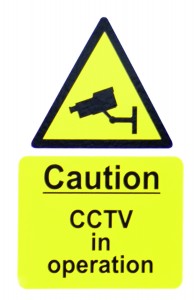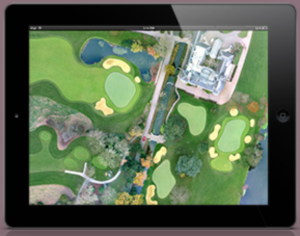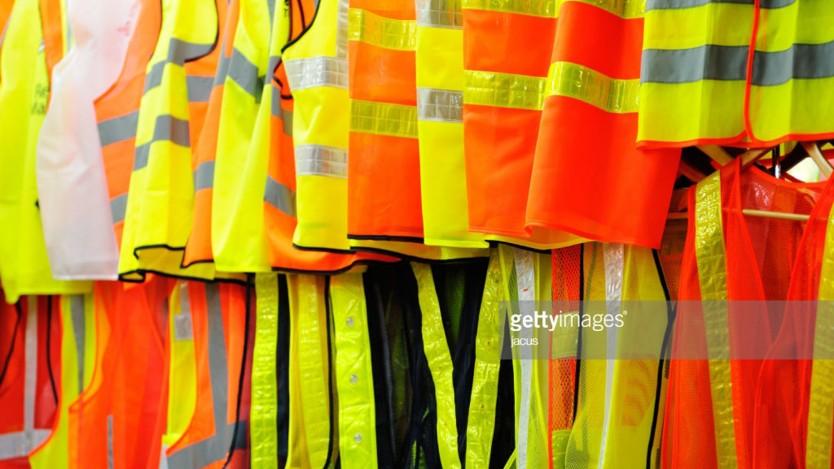Understanding how resources are used, and how to control them, is hugely important in running a successful club. Ian Ratcliffe, managing director of Ground2Control, reveals how integrated systems can be the answer…
Managing a golf club is hardly a seamless process. There are all those different departments, all with their own challenges and responsibilities. ]There are different laws and regulations that uniquely affect all those sectors as well. Who needs health and safety training? Who still has holidays to take? Who is working too much overtime? Who has been off sick?
Communication is vital but without a clear plan of action, and efficient processes to make it all come together, it can be time consuming.
Ground2Control provides an online integrated system covering GIS surveys, resource and safety management and Ian Ratcliffe, managing director, explains how joining the dots is much more efficient – and can save your club money.
 What is Ground2Control?
What is Ground2Control?
Ground2Control is basically in three parts. We cover the whole spectrum of resource and safety management. We start with GIS information. That is the aerial survey of a course or a property.
It’s giving clubs information about the asset they are managing. That’s through using very high resolution drones which produce topographical surveys.
Those surveys can be used to measure areas – tees, greens, fairways and bunkers – so you can accurately measure quantities of chemical applications.
But because the topographical surveys are three dimensional as well, they can then be used for irrigation and architects can use them for changes to the course. Ground2Control is a cloud-based system and is accessed through a browser. Anyone in a club, who has permission to use the system, can access the information.
It’s not a drawing, stuck in a drawer, that’s out of the way. That information can build over time – so you are creating layer upon layer. That informs other aspects of the system. Secondly, resource management covers people – task management, chemical use, machinery and maintenance and financial management. Thirdly, safety covers every aspect of H&S for the entire club – and not just golf operations.
Users can create their own departments – the clubhouse can be a separate department to golf operations, and the bar manager can have their own log in as can the catering manager and so on.
They just see information that’s relevant to them, whereas the general manager can then see all of it and put it all together.
 Looking at health and safety, how does Ground2Control assist golf club managers?
Looking at health and safety, how does Ground2Control assist golf club managers?
What we have tried to do, which is different to traditional health and safety consultancy, is provide a tool where a general manager or course manager can choose an assessment or operating procedure they need and there’s guidance and sample controls that help them to understand all the risks and burdens, how to control them, and the importance of doing that.
It’s very much a checks and balances system. You start off with a risk assessment, which just identifies what you have then got to do. If it’s a piece of equipment – let’s say you are doing a risk assessment for a chainsaw – you can select it and complete a risk assessment for it. That risk assessment will then say you need an operating procedure. It will provide all the information of risks and burdens relating to a chainsaw that you need to address.
Then, for each of those burdens and hazards, it will give you guidance and it will explain the importance of addressing particular hazards. Then you put your controls in. ‘How do I control this particular risk?’
It sounds like a rather large piece of kit?
Potentially it is, because it covers everything. It will cover risk assessments, procedural, safe operating, safe systems of work, COSHH, manual handling, work at height – and it will also give you tools such as controlling legionella and exposure, noise and vibration of machinery, accidents and near misses.
Does it simplify what would otherwise be time intensive work for club managers?
Traditionally you have a health and safety file and you get someone in for an audit and you’ve got to use their knowledge and experience to fill it in. It then ends up in a folder. Most people then say ‘the folder is in the office and it’s there to be referred to’. But they are not implementing those practices to make their every day working life safer. It’s just a tickbox. Very often then, you don’t know where the gaps are. So if an incident happens it is suddenly ‘reach for the folder to see if we are covered’ and ‘oops, we are not’.
There was a classic example. A greenkeeper injured himself lighting a bonfire. He effectively set himself on fire. He was an experienced greenkeeper, using a fuel to light a bonfire, and it backfired and burned him.
The club didn’t have a safe operating procedure for lighting bonfires. The underwriter and the club had no defence. Although he should have known not to do it, he did it and there was an incident, and he got injured. There was no history of going through a procedure for lighting a bonfire. ‘Well, it’s common sense, isn’t it?’ That’s not a defence. The person in question got a payout and the club was liable.
If there was a safe operating procedure for lighting bonfires, the club and the underwriter would then be covered. It is being able to highlight and identify where those gaps are in the policy and then fill them easily and understandably.
With our system, you can create a safe operating system for lighting bonfires. You can then attach all the employees that are likely to ever be involved in lighting a bonfire. That way, you can see if that safe operating procedure has been assigned to those employees.
The cost implications of not getting this right can be massive, can’t they?
Another example, and this is where GIS information becomes useful, is the use of driving cones off tees.
If you can overlay a 30 degree driving cone 250 yards off the tee, you can then see whether there are tees on adjoining holes or greens that come within that risk area.
If they do, it’s just a simple sign on the tee to say ‘there is a hidden tee on the left side, if you hit the ball left shout fore’. It’s a simple thing to do. There was an historic case where a person got hit, lost an eye, and the golf club ended up being liable for £400,000. It’s a famous case. That could have been easily avoided if they had put a sign on the tee. That’s where the aerial footage comes into its own. It identifies all those problem areas.
So you don’t need to be afraid of H&S because everything can be contained and inputted easily in your product.
It is empowering various heads of department to undertake the work they are doing to make sure their department is covered.
It’s a circular thing – to identify things are missing, allocate those tasks to the people responsible and then a board or committee can have read only access to the system to see an overview. Have we got everything in place? What actions are required? It creates actions for everything that needs to be addressed.



